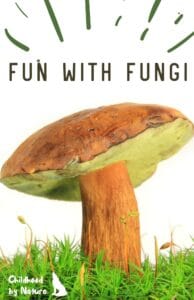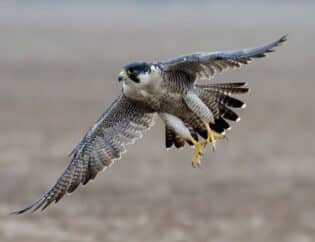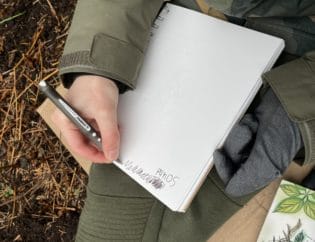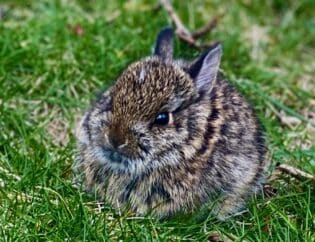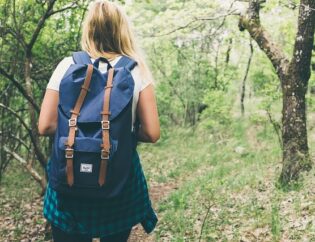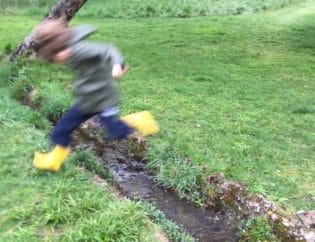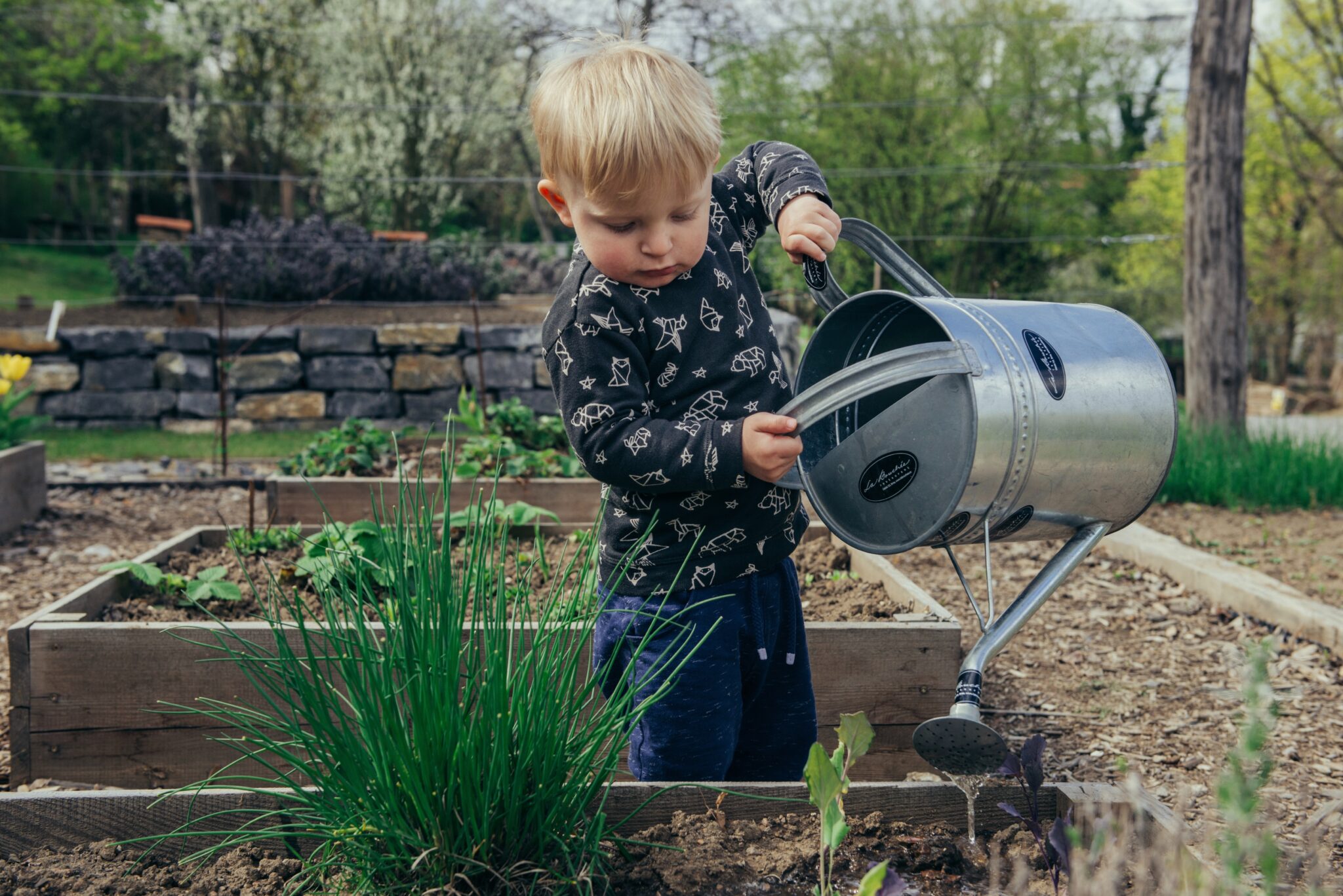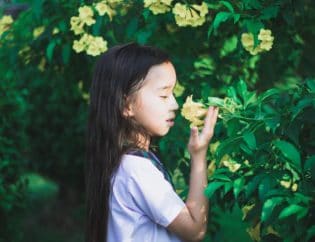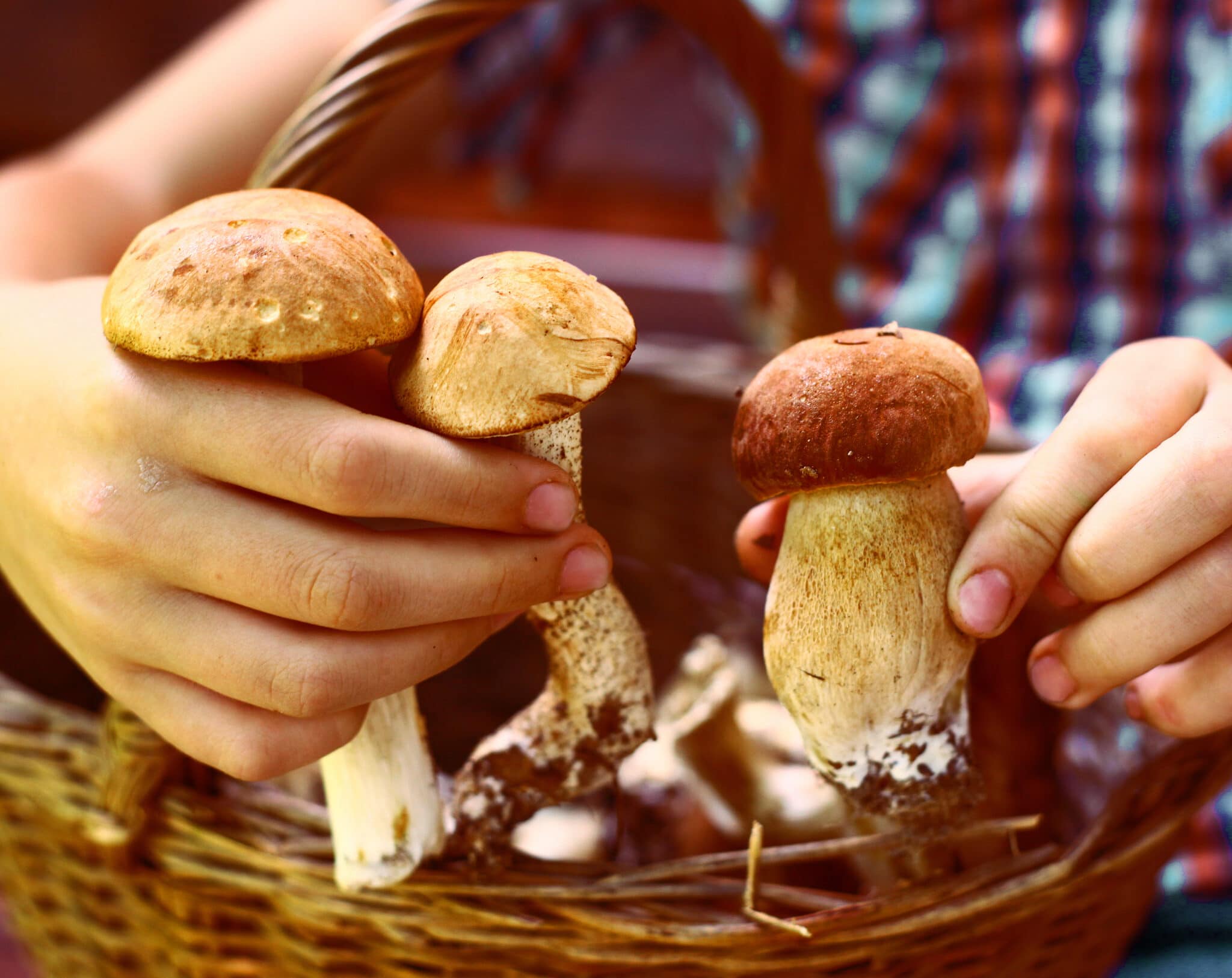
"The humblest fungus displays a life akin to our own."— Henry David Thoreau
Fungi. Even the name sounds yucky. They can cause our foods to spoil, may cause uncontrollably itchy rashes on our skin and—make a mistake and eat the wrong one— and it's major GI issues or even death for the unlucky.
But of course, that's not all there is to know about fungi. In fact, we hardly know much about them at all. We’ve only named around 5 to 10% of them.
Guaranteed that once your child begins to learn about these fascinating organisms, they will be hooked. Amazingly diverse, seamlessly adapted and continually surprising us as we learn more about them there's just something about fungi.
Take a tour of a few fungi that are sure to pique the curiosity of any child (or adult):
Fungus, plural fungi, is any of about 144,000 known species of organisms of the kingdom Fungi, which includes the yeasts, rusts, smuts, mildews, molds, and mushrooms. Fungi range from microscopic to the gigantic specimen weighing in at nearly one thousand pounds.
Mycology is the study of fungi. It is new. In fact, fungi were just separated out from plants in 1969! It's own Kingdom in the classification system, fungi aren’t plants, animals, or bacteria.
What do they do?
Fungi are important organisms that serve many vital functions in forest ecosystems including decomposition, nutrient cycling, symbiotic relationships with trees and other plants, biological control of other fungi, as well as cause diseases in plants and animals.
Approximately 90% of all vascular land plants live in some association with fungi. By colonizing the root system of a plant, fungi increase water and nutrient absorption capabilities for the plant. The fungus, in turn, receives carbohydrates from the plant from photosynthesis.
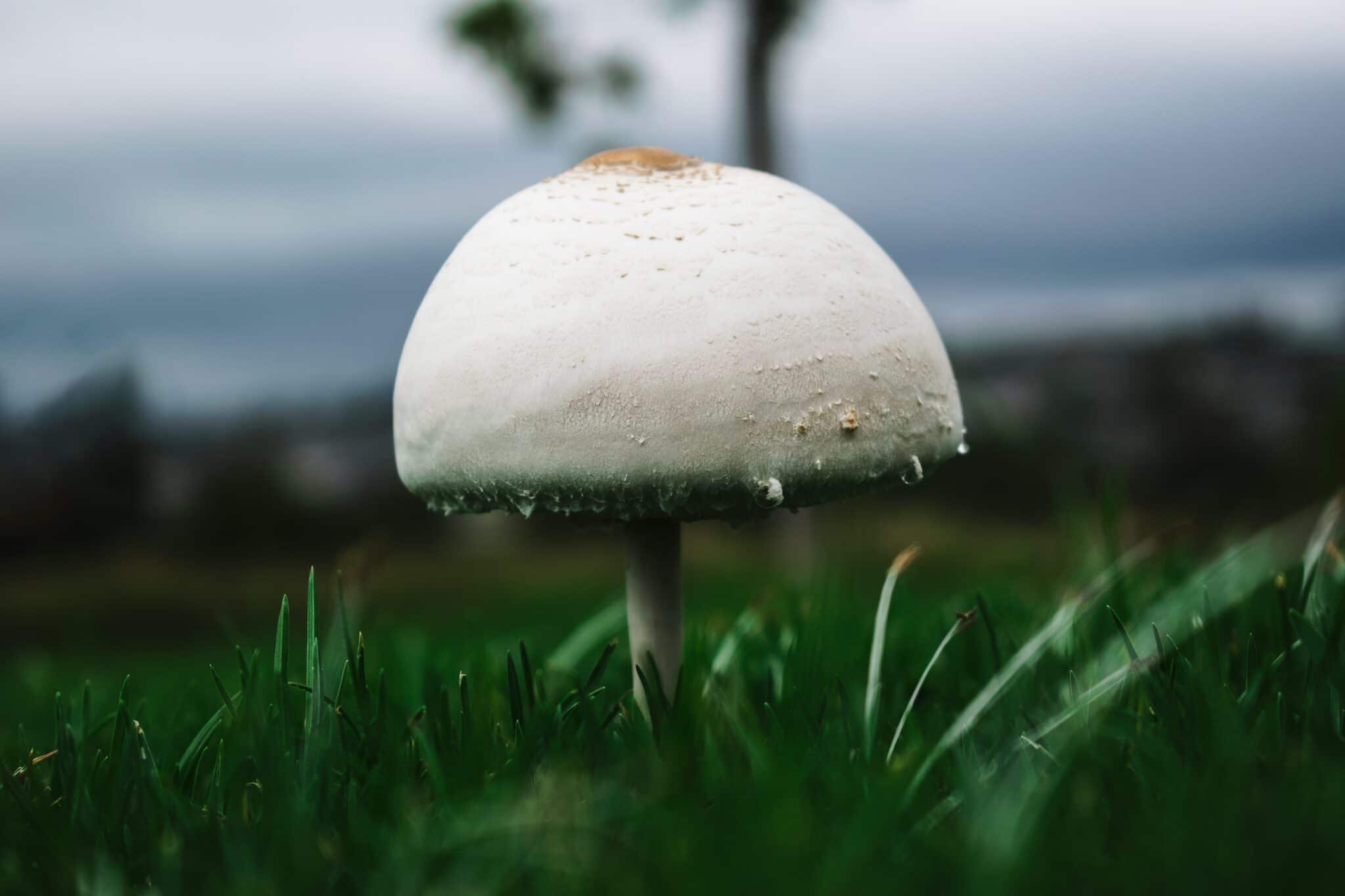
What are mushrooms?
A mushroom or toadstool is the fleshy, spore-bearing fruiting body of a fungus, typically produced above ground, on soil, or on its food source. Mushrooms are sources of food for wildlife and fungi that cause decay in living trees are beneficial to many species of birds and mammals.
Mushrooms can have gills or thin, papery structures that hang vertically under the cap, or not. The purpose of gills, also called lamellae, is to produce spores. The spores are then dropped from the gills by the millions where they are scattered by wind currents.
Mushrooms that do not have gills will either produce spores using pores that look like small holes on the underside of the cap or else by teeth, which are also called spines (we told you fungi are funky!). Tooth fungi have long, thin "teeth" that hang downward and produce spores.
Most of the mass of the mushroom, or the biomass, is a largely unseen mass of interwoven threadlike hyphae growing in plant tissues and in the soil. These tiny rootlets attach to the soil or decaying wood provides the food for a mushroom.
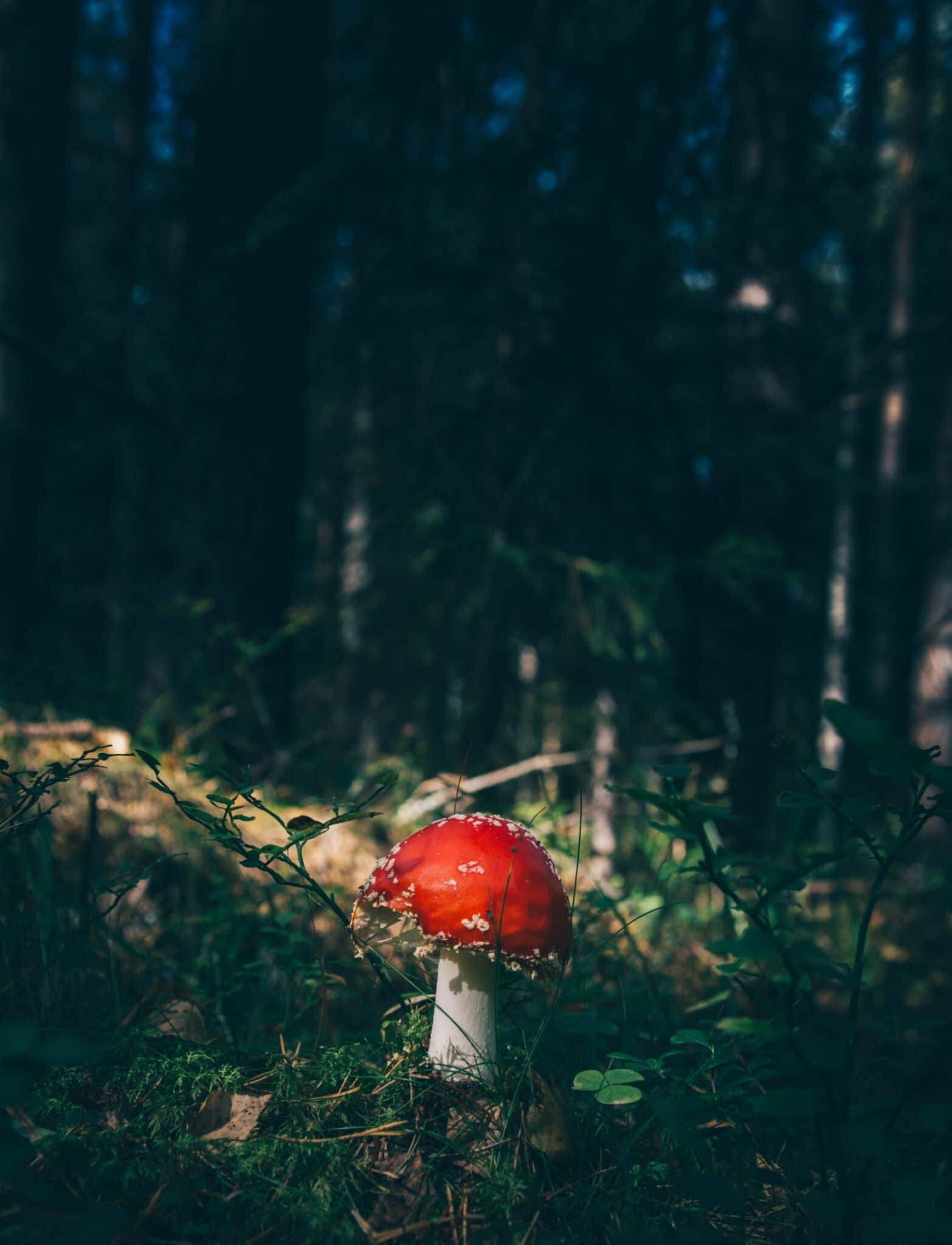
Where can you find fungi?
They are found all over, including on our bodies and on the bodies of many organisms. Mushrooms can grow almost anywhere, but love to grow in damp, dark and murky places best. Look for them on old or fallen trees in the woods, in shady soil or even in damp spots at the bottom of a garden.
If you want to explore the world of fungi with your children, head out on a mushroom hunt. We designed these fun downloadable activity sheets to make it fun and educational!
Are they safe?
Some kinds of fungi are completely safe and delicious when cooked. But others can be extremely poisonous to humans and animals. You don’t get names like Death Cap, Destroying Angel and Funeral Bell for being the friendliest mushroom in the forest.
Always be careful when mushroom hunting! Many mushrooms are poisonous, hallucinogenic, or medicinal. Misidentified mushrooms can make you or your child sick or kill you. Misinformation and misidentification by amateurs is prevalent on the internet. Do not rely on photos you find online. Do not eat mushrooms unless you are 100% certain that they are edible (read: not poisonous). If you have any doubts, ask an expert. You might be able to find one through your local mycological society.
How to help fungi
If you want to foster the growth of fungi in your backyard, leave out logs and branches and let them rot in a damp, shady corner of your yard. Insects will appreciate it as will plants.
Funky Fungi Facts
Beer, soy sauce & tempeh are made by fermentation with fungi.
Mushrooms can have a wide range of smells including coconut, a female pig, anise, peaches, cooked crab, raw potato, bleach, geraniums, and many others.
Some fungi are cannibals
 The fur of the sloth is a rich substrate for fungi. A sloth's hairs have grooves that serve as hydrophilic gardens for fungi. One researcher found as many as 84 different fungal species in the fur of three-teeth sloths in Panama.
The fur of the sloth is a rich substrate for fungi. A sloth's hairs have grooves that serve as hydrophilic gardens for fungi. One researcher found as many as 84 different fungal species in the fur of three-teeth sloths in Panama.
Fungi can remove toxic substances from unhealthy habitats, making them healthy again. Oyster mushrooms have degraded the toxins in crude oil and cleaned up diesel-contaminated soil. The crust fungus has broken down DDT pesticide residues. Several fungus species consume leftover radiation at Chernobyl in Ukraine
The percentage of fungi named.
Up to 95% of trees have fungus cohabitating.


